As the world continues to struggle with the COVID-19 pandemic and several compliances like social distancing, welding instructors and welding institutions are looking at innovative ways of imparting the training through innovation and adaption. The pandemic has affected the practical component of training, particularly in a field like welding that requires tools and raw materials to gain hands-on experience. Several skilling institutions and organizations are adopting blended skill-based training to impart skills and training.
Blended skill-based training has come into our lives without giving us much time to prepare ourselves. Whether you are a student, a trainer, a training partner, or a skill training institute, all of us have been forced to shift to a digital and blended model of learning in no time. We all are aware that blended skill-based training is here to stay and is the best way to continue the learning progress. Welding, which was always considered to be a physically demanding job, has also become virtual in training new entrants and upskilling the existing workforce.
Virtual welding for blended skill-based training
With advancements in welding technology, there is a growing need for a skilled workforce who can easily adapt to the changing technology. Beginners and new entrants into the welding field can learn and practice various welding processes in virtual environments that replicate real-life situations. Blended learning or blended skill-based training is a mix of both face-to-face, instructor-led learning, and online or digital course components. This will give the learner a rich learning experience than a normal classroom learning would do.
Blended learning reduces failure rates, improves learning, and boosts engagement. Some of the benefits of virtual welding are that the beginners can learn about the welding systems and complete their basic training without any safety risks whatsoever, and then go on to hone these skills in reality. Along with this, there is no need to use expensive consumables such as metal, wire, or gas.
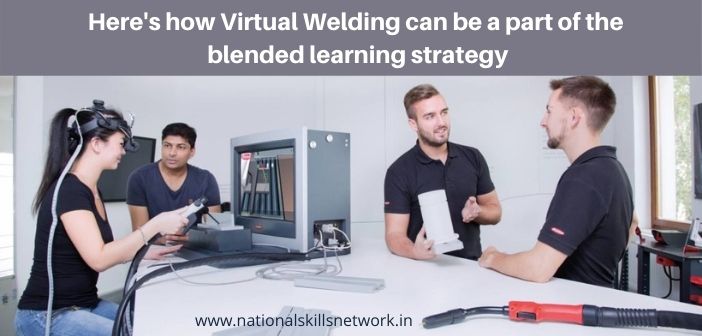 Ways of blended skill-based training in welding
Ways of blended skill-based training in welding
- Learning from an online source: Various articles and online resources are the best way to learn the theory part of welding. A stronghold on the theory can help the students understand the welding processes better while performing welding in reality. This is mostly self-directed and one should be able to judge one’s own performance and understanding. Online learning or e-learning provides the learner with a few practical exercises through which one can learn self-learn and gain knowledge.
- Through videos: Videos are one of the best ways to learn anything. The number of videos on teaching and giving training in welding has increased immensely. Also, many organizations like Fronius are conducting dedicated webinars for students, trainers, and training institutions on Robotic welding, welding processes, challenges, welding as an aspirational career option, etc. These are very useful resources when it comes to blended skill-based training in welding
- Mobile apps: There are many mobile apps through which one can learn welding with a touch on phone. Apps provide students with interactive games, provide information, and give expert advice in case of doubt. Weldeducation app by Fronius gives its users a fun way of learning theoretical principles. Those who prefer to learn through practice rather than theory can gain experience in the game app with virtual welding. The touchscreen becomes a workpiece and your finger becomes a welding torch.
- Simulators: Simulators are one of the best ways of learning welding and blended skill-based training. Through simulators students, or trainees get the real-time performance analysis which will help them improve and perform better when in real-life situations. This will also fast-track the training processes along with saving time and resources.
Related Article: Learn to weld on your smartphone – Read More: https://nationalskillsnetwork.in/learn-to-weld-on-your-smartphone/
Blended learning has been there for many years, though not to such an extent. We have entered a new phase of blended learning unprepared and with uncertainty. But this will also make the students, trainers, and skill institutions to be more flexible, and adaptive. With the understanding of new learning processes in welding as well as students’ concerns, with new curriculum development and training of trainers, we can make the blended skill-based training effective and efficient.
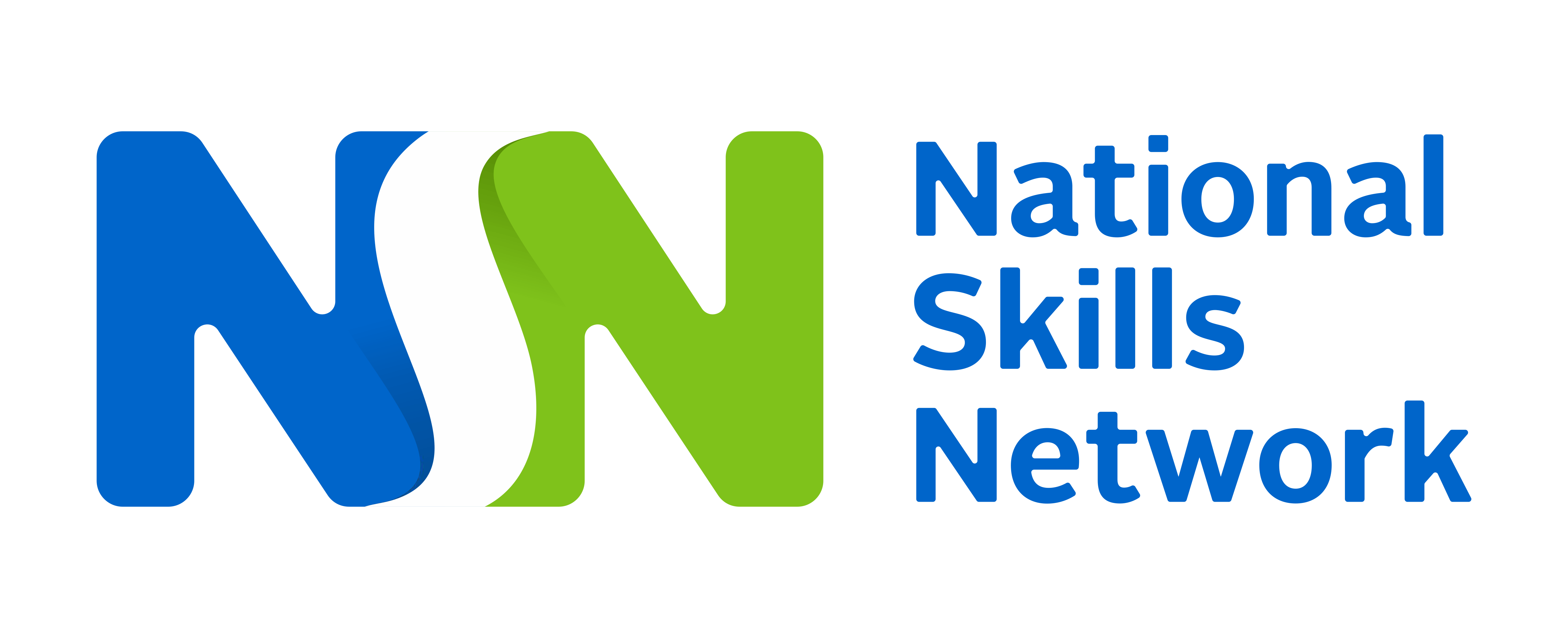






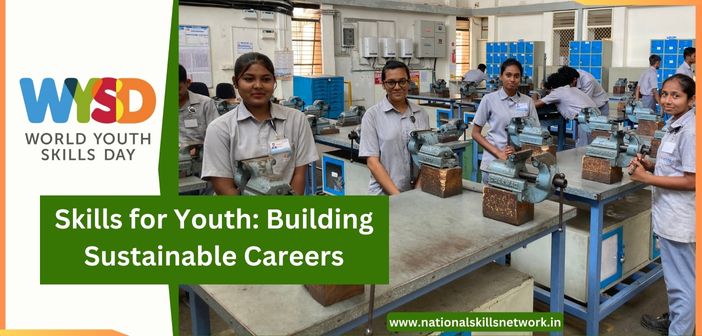

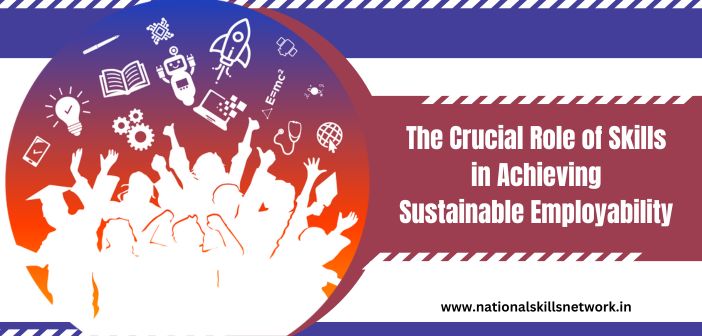
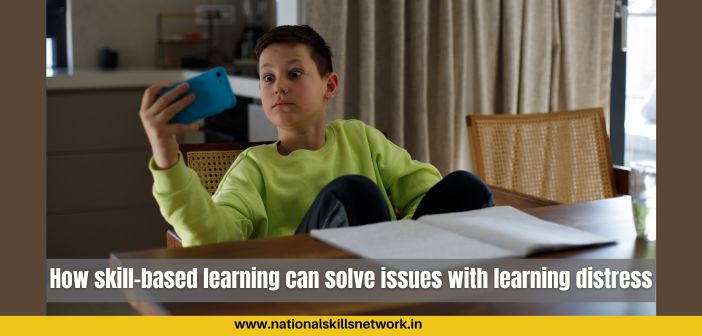
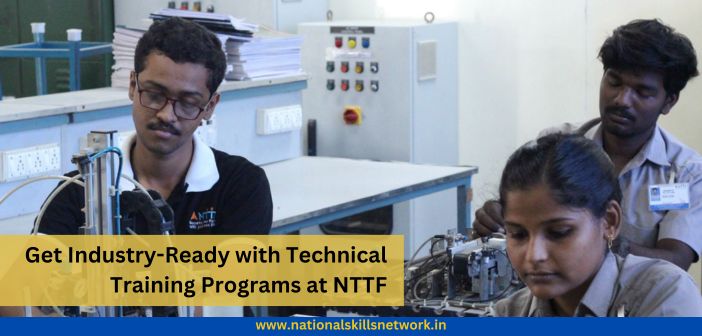

Comments 1